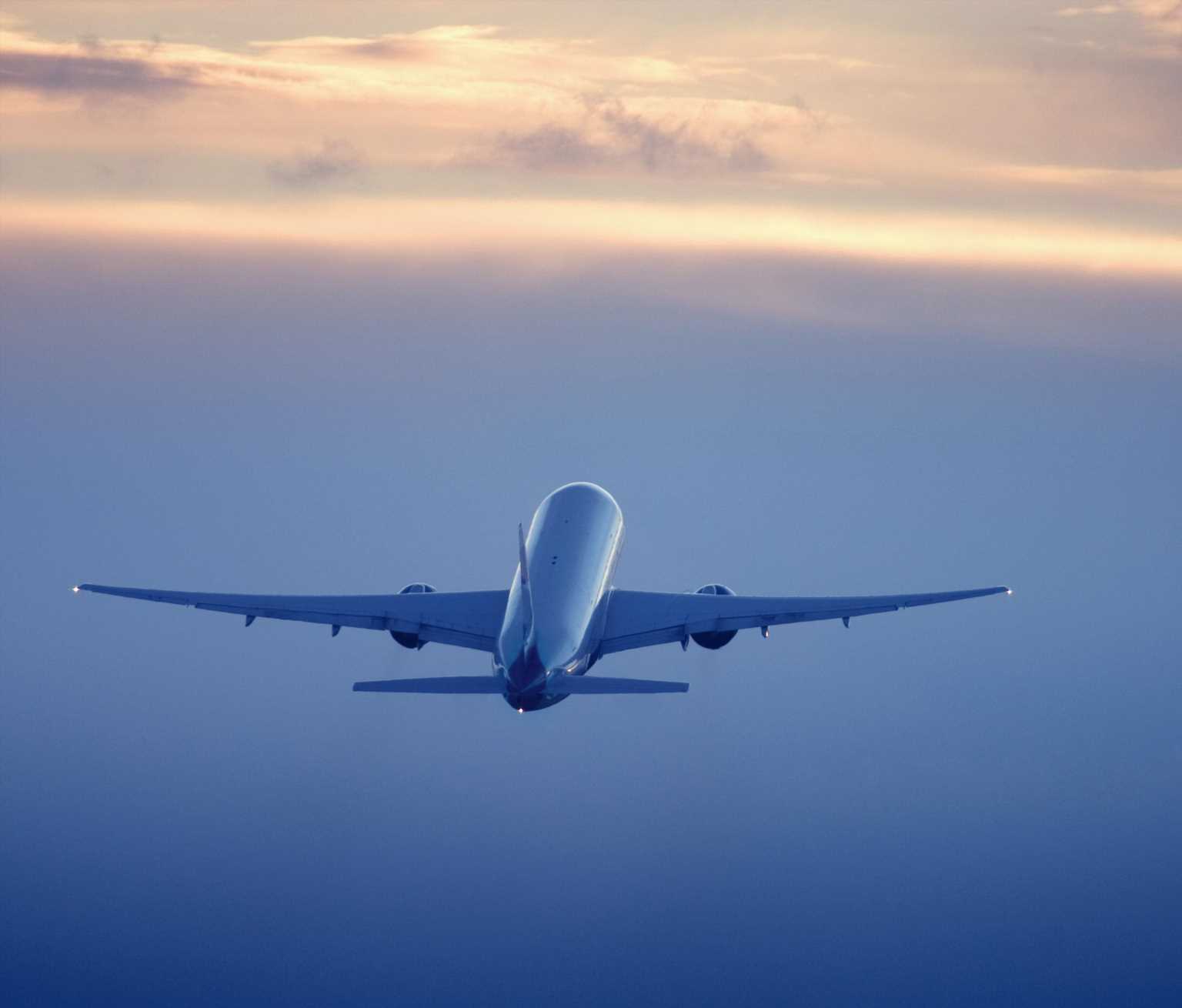THE feeling of taking off on a plane is both loved and hated by holidaymakers, with flights hitting speeds up to 180mph to make it off the ground.
But how high do planes fly? Here is everything you need to know – and what happens if they fly too high.
How high do planes fly?
Commercial planes fly between 35,000ft and 42,000ft these days which is around 6.6 miles up in the air.
But if they go too high it wouldn’t be good for anyone on board.
According to the Smithsonian National Air And Space Museum, the plane would run into difficulty because the air becomes thinner the higher you go in the atmosphere.
They said: "If a plane flies higher than the altitude it was designed to fly it, it will be difficult to create enough lift to keep the plane up.
"Lift is created by differences in air pressure.
"Planes can't just keep going up and up – at some point, the air will be too thin for them to fly."
Why do planes have to fly so high?
Planes fly high to improve fuel efficiency and travel faster – as they travel faster when the air is thinner.
Flying above 30,000ft also has the benefit of allowing the plane to avoid bad weather too, making it more comfortable for the passengers.
MOST READ IN TRAVEL

Watch as holidaymakers are filmed battling for sunbeds at resort before 8am

The best way to sleep comfortably in the dreaded middle seat on a plane

The best time and day to fly revealed – and it could even be a cheaper option

The secret UK beach – with pubs nearby where you can swim with cows
What happens if a plane flies too high?
When the plane gets too high, there is insufficient oxygen to fuel the engines.
Peter Wheeler, a pilot, said on Quora: "Most aircraft are limited by engine power.
"The air is less dense at altitude, so the engine can suck in less and less air per second as it goes higher and at some point the engine can no longer develop sufficient power to climb."
Back in 2004, Pinnacle Airlines flight 3701 was destroyed after flying to 41,000 feet, with two members of crew on board at the time.
Retired rescue helicopter pilot and aviation safety contractor Tom Farrier revealed: “Both engines failed, the crew couldn't get them restarted, and the aircraft crashed and was destroyed.”
Tom added that the National Transportation Safety Board put the disaster down to several different factors.
These included “unprofessional behaviour” by the pilots and “poor airmanship”, as well as “failure to prepare for an emergency landing in a timely manner”.
Planes also can't fly in very hot weather – here is why.
And a pilot has explained what exactly goes on in the cockpit when the plane hits a patch of turbulence.
Source: Read Full Article


